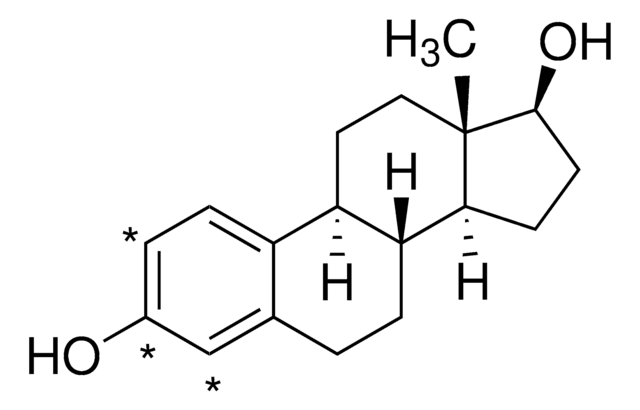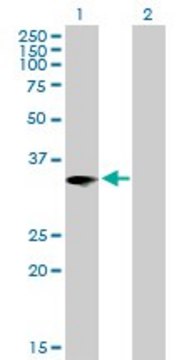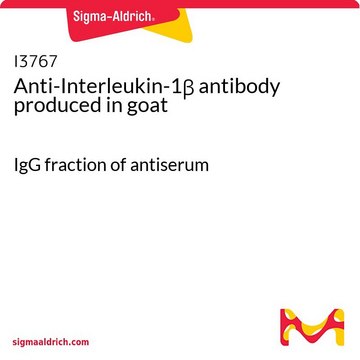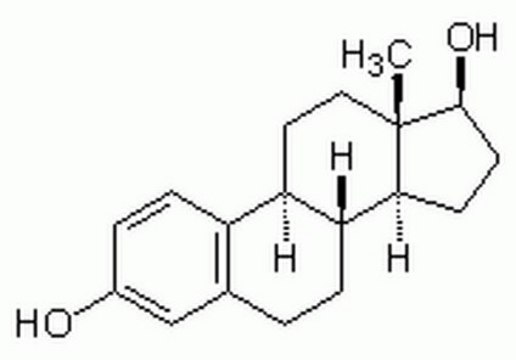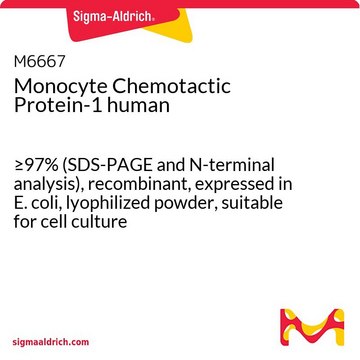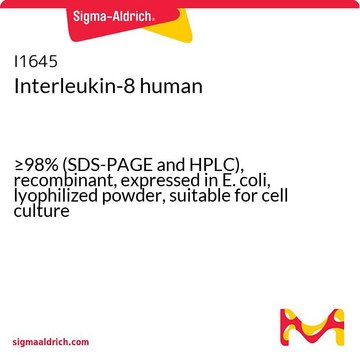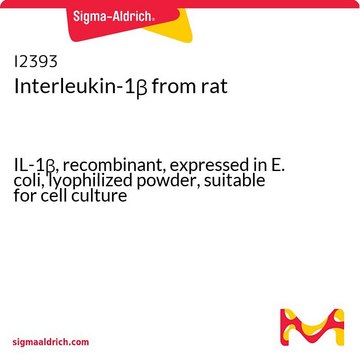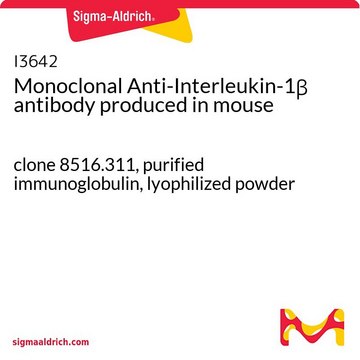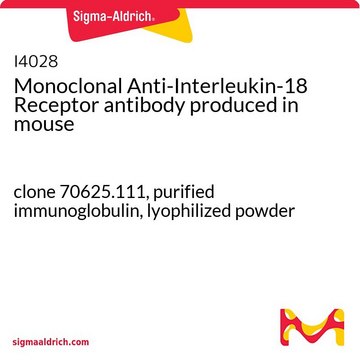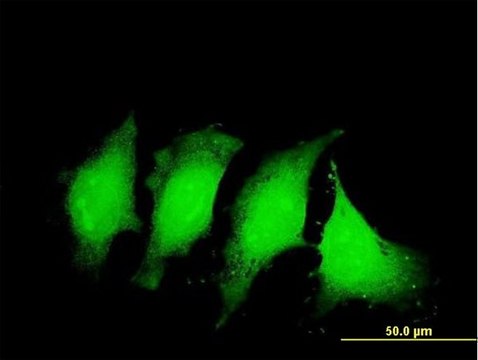I3642
Monoclonal Anti-Interleukin-1β antibody produced in mouse
clone 8516.311, purified immunoglobulin, lyophilized powder
Synonym(s):
Anti-IL-1β
Select a Size
¥1,459.47
List Price¥4,864.92Save 70%Available to ship on2025年4月16日Details
Select a Size
About This Item
¥1,459.47
List Price¥4,864.92Save 70%Available to ship on2025年4月16日Details
Recommended Products
biological source
mouse
Quality Level
conjugate
unconjugated
antibody form
purified immunoglobulin
antibody product type
primary antibodies
clone
8516.311, monoclonal
form
lyophilized powder
species reactivity
human
technique(s)
flow cytometry: suitable
immunohistochemistry: 8-25 μg/mL using human PBMC′s
neutralization: suitable
western blot: 1 μg/mL
isotype
IgG1
Related Categories
1 of 4
This Item | I4028 | WH0003553M1 | I7534 |
|---|---|---|---|
| antibody form purified immunoglobulin | antibody form purified immunoglobulin | antibody form purified immunoglobulin | antibody form purified immunoglobulin |
| Gene Information human ... IL1B(3553) | Gene Information human ... IL18R1(8809) | Gene Information human ... IL1B(3553) | Gene Information human ... IL1A(3552) |
| conjugate unconjugated | conjugate unconjugated | conjugate unconjugated | conjugate unconjugated |
| clone 8516.311, monoclonal | clone 70625.111, monoclonal | clone 2A8, monoclonal | clone 4414, monoclonal |
| species reactivity human | species reactivity human | species reactivity human | species reactivity human |
Specificity
Immunogen
Application
Physical form
Preparation Note
Disclaimer
Not finding the right product?
Try our Product Selector Tool.
Storage Class Code
13 - Non Combustible Solids
WGK
WGK 2
Flash Point(F)
Not applicable
Flash Point(C)
Not applicable
Regulatory Information
Choose from one of the most recent versions:
Certificates of Analysis (COA)
Don't see the Right Version?
If you require a particular version, you can look up a specific certificate by the Lot or Batch number.
Already Own This Product?
Find documentation for the products that you have recently purchased in the Document Library.
Our team of scientists has experience in all areas of research including Life Science, Material Science, Chemical Synthesis, Chromatography, Analytical and many others.
Contact Technical Service

